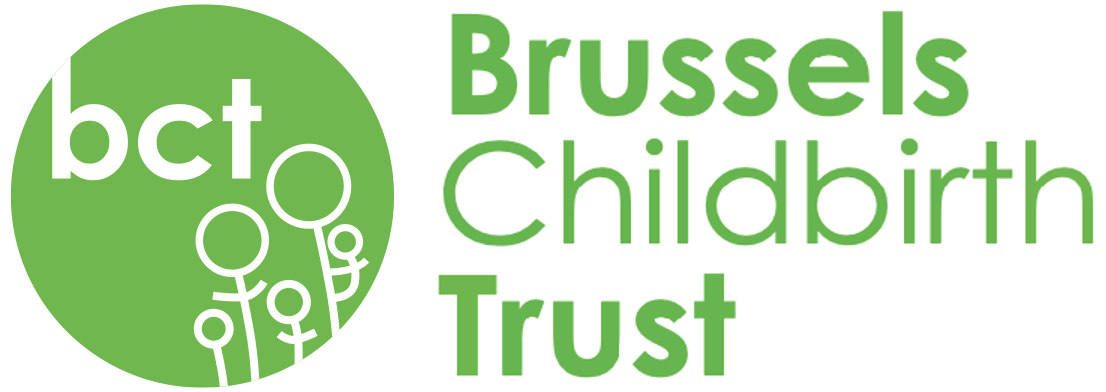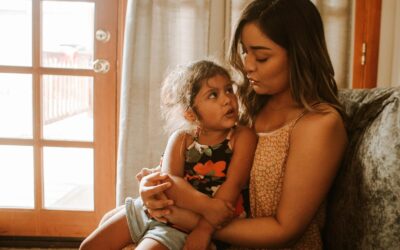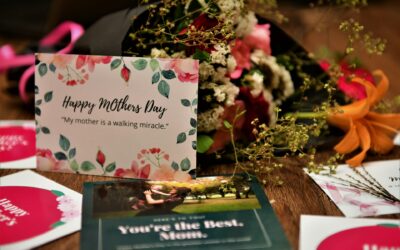From the beginning
Learning the importance of brushing, flossing and taking care of teeth is a valuable skill for children, and caring for their oral health from an early age can prevent dental problems in the future.
Oral care can begin in babies, by wiping down gently the baby’s gum with a soft cloth or a piece of gauze. When the first tooth has poked through the child’s gums, parents can begin brushing softly with an appropriate toothbrush and a little water, as well as washing the front of baby’s tongue.
Once all 20 deciduous teeth (also known as primary or milk teeth) have come through, usually between two and three years old, you can introduce a pea-sized amount of toothpaste onto the toothbrush. This small amount should be introduced slowly as many children simply swallow the tasty toothpaste and continue brushing their teeth just with water. All children can use family toothpaste containing 1,350-1,500 parts per million (ppm) fluoride as long as you supervise brushing until the age of seven and make sure they don’t eat or lick toothpaste from the tube.
Brushing teeth – making it a fun habit
Imitation is always a great way for children to learn. Seeing their parents or older siblings brushing their teeth may motivate toddlers and young children to open their mouths and let the toothbrush rub their tiny teeth.
Helping children to see themselves in the mirror can be a fun game while brushing or flossing. Visual instruction is important and parents can explain movements better: a side-to-side motion on the front teeth and an up-and-down motion on the back ones. Parents can perform this in front of the mirror while the child can see, or guide the child’s hand so they can feel the correct way to do it.
Parents should brush children’s teeth for about two minutes twice a day: once just before bedtime and at least one other time during the day. Singing a song about brushing teeth or chanting a favourite nursery rhyme can be a fascinating game for children. This approach can give rhythm and timing to brushing, and by brushing until the song is over, parents can make sure the teeth are brushed for an adequate length of time.
Explaining the importance of brushing to avoid bacteria and infection to young children is not an easy task, but many will understand that it is good to have a nice smile. Parents can develop activities like cutting out and gluing pictures of mouths, teeth, toothbrushes and toothpastes on a poster board, to show how healthy teeth look.
A fun activity to do after brushing, as a last check-up, is to get children to blow hard into their hands and test how their breath is now fresh and clean.
You should supervise toothbrushing until your child is seven or eight years old, either by brushing their teeth yourself or, if they brush their own teeth, by watching how they do it. From the age of seven or eight they should be able to brush their own teeth, but it is still a good idea to watch them now and again to make sure they brush properly and for about two minutes.
Visiting the dentist
To avoid the well-known fear of dentists which many people have, get into the habit of regular dentist check-ups. Take children to the dentist’s surgery when parents and older siblings have an appointment. Letting young children become acquainted with the dentist’s surgery may reduce fears once they have their own first appointment. When you visit the dentist, be positive about it and make the trip fun. This will stop your child worrying about future visits. If Mum and Dad lie down on the dentist’s chair to have their mouth inspected then it cannot be a bad thing.
Take your child to the dentist when the first milk teeth appear. This is so they become familiar with the environment and get to know the dentist. The dentist can help prevent decay and identify any oral health problems at an early stage. Just opening up the child’s mouth for the dentist to take a look is useful practice for when they could benefit from future preventative care.
Finding a dentist in Belgium
Most embassies can recommend a dentist, or talk to your local BCT group to find a dentist in your area. You can also search internet sites such as doctena.be to find a dentist near you.
The majority of dentists in Belgium are private. They have a fee scale agreement (known as the convention) with the social security which sets the level of reimbursement for patients for basic treatment.
You will normally pay for treatment in full to the dentist, then claim back from your health insurance. Depending on the treatment, your health insurance (mutuelle/mutualiteit) will pay a percentage back to you. Many will insist that you visit the dentist at least once a year to qualify for reimbursement but check with your own insurer. Many will also offer supplementary insurance schemes for orthodontic work – something to think about when your toddler turns into a teen and may need braces.
Permanent teeth
Although it differs from child to child, permanent teeth appear from around age six to age twelve. The replacement of primary with permanent teeth leads to a mixed dentition. During this period, children lose their milk teeth. In most cultures, there are traditions related to milk teeth falling out. In some cultures people thrown the milk tooth into the roof, in others they bury it. But, probably the most well-known tradition is the tooth fairy, an imaginary character who comes at night to take children’s teeth from under the pillow and leaves something in return, either money or sweets.
Today, the tooth fairy story, a common practice in English-speaking countries, has spread into several cultures. However, in some countries original fantasy figures still remain. In Spanish, Portuguese, Italian and French-speaking countries, as in Belgium, the little mouse – “la petite souris” – is a traditional figure. Mice teeth, like those of other rodents, are sharp and everlasting and grow their entire lives, which explains the status of the mouse as a traditional figure. These stories are used to bring some comfort to children in this significant moment in their lives.
Sometimes, in the rush of parents’ everyday life, perhaps not enough time is spent on dental care and education from an early age, but I hope by using a little imagination and persistence, I can create a daily brushing and oral care routine for my son, knowing that establishing this habit will lead him towards a lifetime of healthy teeth.
Further resources
Tips to help young children practice brushing teeth from the American Academy of Pediatrics (AAP):
www.healthychildren.org
By Ana Maria Sarmento
This article was first published in the November/December 2014 edition of the BCT’s Small Talk magazine.






